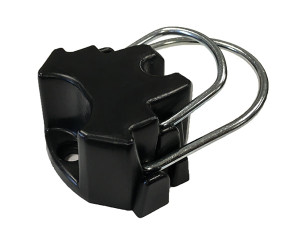Telemark
Telemark ski gear is specialized equipment used for Telemark skiing, a style of downhill skiing that combines elements of alpine (downhill) skiing and Nordic (cross-country) skiing. What makes it unique is the free-heel technique, where the skier's heel lifts off the ski during turns — allowing for a signature "lunge" turn.
Core Components of Telemark Ski Gear:
1. Telemark Skis
-
Look similar to alpine skis but often have more flex in the tip and tail.
-
Can be used in resorts or backcountry settings.
-
Some are made specifically for Telemark bindings, while others are compatible with multiple binding systems.
2. Telemark Bindings
-
The most defining piece of Telemark gear.
-
Leave the heel free, allowing you to lift it when turning or climbing.
-
Attach only at the toe, unlike alpine bindings that secure heel and toe.
Types:
-
75mm "Duckbill" Bindings (classic): Requires boots with a duckbill toe.
-
NTN (New Telemark Norm): A newer system with better power transfer, step-in functionality, and often ski brake compatibility.
-
3. Telemark Boots
-
Designed to flex at the ball of the foot to allow lunging turns.
-
Must match your binding system: 75mm boots or NTN boots.
-
Stiffer than cross-country boots but more flexible than alpine boots.
4. Skins (optional for backcountry)
-
Stick-on fabric strips used for climbing uphill (like in alpine touring).
-
Removed for the downhill.
5. Poles
-
Standard ski poles — often slightly longer than alpine poles to help with balance during Telemark turns.
What Makes Telemark Skiing Unique?
-
The free-heel allows deep carving turns using a drop-knee/lunge motion.
-
Requires more balance and leg strength than alpine skiing.
-
Offers a more fluid, graceful skiing style, popular among purists and backcountry skiers.
-
Also works well in variable terrain and powder.
Pros vs. Cons of Telemark Ski Gear:
| Pros | Cons |
|---|---|
| Fluid, expressive turning style | Harder to learn than alpine |
| Great for backcountry and touring | Gear can be more expensive |
| Lightweight & versatile setups | Less power/control on hardpack snow |
| Combines alpine and Nordic skills | Fewer options available than alpine or AT gear |
Tip:
Telemark skiing has a steeper learning curve than alpine, but many find it more rewarding and physically engaging once mastered.
Would you like gear recommendations for beginners, resort skiing, or backcountry setups?








